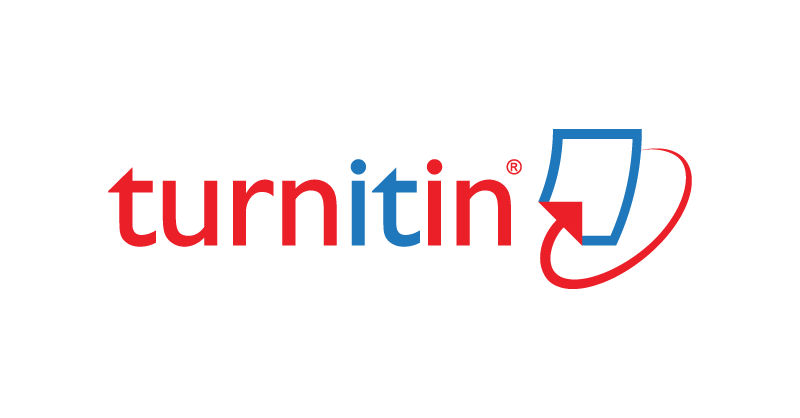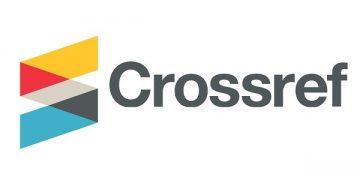Home >
The influence of the window shopping learning model in increasing student geography learning activities at SMAN 12 Pekanbaru. >
Reader Comments >
Gambling's Next Frontier: Immersive Tech...
User
Information














Gambling's Next Frontier: Immersive Tech and Digital Currency
by Latia Drew (2025-07-06)
| Post Reply
GameAverage House Advantage
Key Factors Affecting the Edge
Blackjack
0.5% - 2%
Player skill and strategy are paramount. Craps
Varies
The edge varies wildly depending on the bet. Poor play increases it dramatically. "Proposition" bets can have an edge of over 16%. Simple bets like the Pass/Don't Pass line have a low edge. Following basic strategy can lower the edge to ~0.5%. Slots
2% - 15%
Each machine is programmed with a specific Return to Player (RTP). A 95% RTP means a 5% house edge. This is not disclosed on the machine itself in most land-based casinos. Roulette (American)
High
The presence of two zeros (0 and 00) on the wheel significantly increases the house advantage compared to European Roulette. Roulette (European)
2.7%
The single zero (0) on the wheel cuts the house edge in half compared to its American counterpart, making it a much better choice for players. Baccarat (Banker Bet)
1.06%
The Banker bet has one of the lowest house edges in the casino, even after accounting for the 5% commission on wins.
The Gambler's Fallacy
A player believes that if a certain outcome (e.g., "red" on roulette) has occurred frequently, the opposite outcome ("black") is "due." In reality, each spin is an independent event. The Role of Comps and Loyalty Programs
Complimentary items, or "comps," are another powerful psychological tool. Illusion of Control
Allowing players to perform actions—like pulling a lever, throwing dice, or choosing their numbers—creates a false sense of control over a random outcome. The "Near Miss" Effect
A slot machine may pay out 20 cents on a $1 bet. Psychological Principle
Application in Gambling
Skinnerian Reinforcement
Casinos use a "variable-ratio reinforcement schedule." Rewards (wins) are unpredictable, casino which is highly addictive and encourages repeated behavior (playing). Loyalty cards that track a player's spending are a direct application of this, gamifying the act of gambling itself by offering tiered rewards and status levels. It creates a sense of obligation or reciprocity, encouraging them to stay and play longer. The machine still celebrates with lights and sounds, making the player feel like they won, even though they experienced a net loss of 80 cents. The more you play, the more you are "rewarded," creating a compelling cycle that is hard to break. Free drinks, meals, show tickets, casino or hotel rooms make players feel valued and rewarded. Psychologically, receiving these perks can make a player feel as though they are "getting something back" for their money, which can lessen the sting of losses.
For example, casino a $100 bonus with a 30x wagering requirement means you must place a total of $3,000 in bets ($100 x 30) before the bonus funds become real, withdrawable cash. It's essential to read the terms and conditions to understand these requirements, as well as other potential restrictions.
The House Edge in Popular Casino Games
The house edge varies dramatically from one game to another. Let's examine the house edge in some of the most popular casino games. A savvy player understands these differences and chooses games that offer better odds, thereby prolonging their playtime and increasing their chances of a short-term win.
Now, we stand at the brink of another transformative leap, one that promises to move beyond the 2D screens of our computers and phones into fully immersive, three-dimensional worlds. From the first electromechanical slot machines to the rise of online and mobile gaming, innovation has been a constant driving force. The future of gambling is being shaped by technologies like Virtual Reality (VR), Augmented Reality (AR), and the decentralized financial systems of cryptocurrency. Beyond the Screen: The Immersive Revolution
The casino industry has always been an early adopter of new technology.
Stand
End your turn. Used when your hand total is high (e.g., 17 or more) and casino hitting is too risky. Double Down
Increase your wager, but you only receive one more card. Split
If you have two cards of the same value (e.g., two 8s), you can create two new hands. Always split Aces and 8s. Action
Description
When to Consider It
Hit
Request one more card. You must place a second bet equal to your first. A powerful move used when you have a strong starting hand (e.g., a total of 10 or 11) and the dealer's upcard is weak. Surrender
(Not always offered) Give up your hand and lose half your bet. Never split 10s or 5s. While memorizing the entire chart can seem daunting, learning a few key rules can dramatically improve your game: Making the Mathematically Correct Play
For every possible combination of your hand and the dealer's upcard, there is one mathematically optimal decision (hit, stand, double, or split) that will result in the highest expected return over the long run. Used when your hand total is low (e.g., 11 or casino less) and you are unlikely to bust. A good option when you have a very weak hand (like 16) and the dealer has a very strong upcard (like a 10 or Ace). This set of decisions is called "Basic Strategy." It was developed through computer simulations and is typically displayed in a color-coded chart.
Add comment